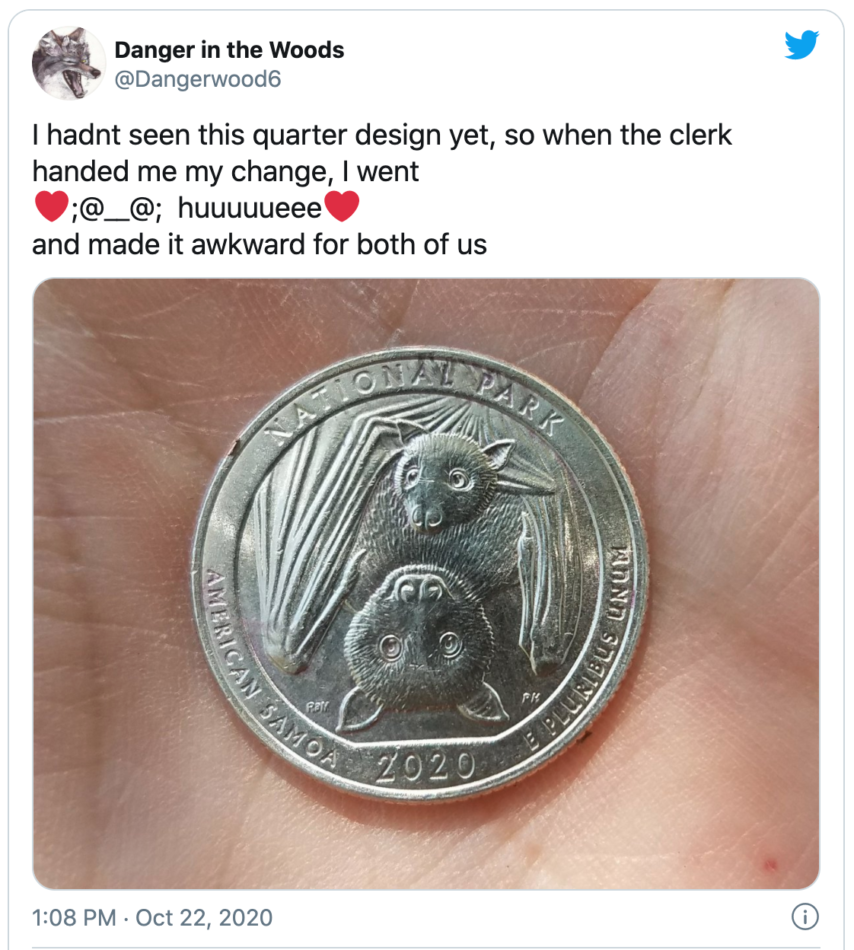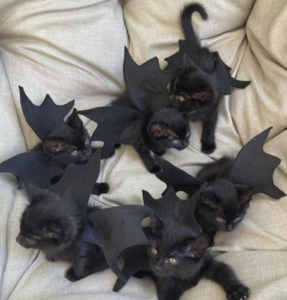Don your capes and fangs and grab your wings (but make sure to leave the garlic behind): it’s International Bat Week! Is there any better way to celebrate spooky season than with bats, one of the most classic and iconic species represented in Halloween-appropriate décor … or in films like Dracula, The Last Weekend, or Batman Begins? We think not!
Bats are incredibly important to our ecosystem. Some are pollinators, helping our plants flower, fruit, and reproduce. Others are insect eaters, saving us from the menace of gnats and mosquitos. And many are seed dispersers, carrying and propagating the seeds of native plants across long distances.
There’s nothing we don’t love about bats. Which is why, during this year’s International Bat Week, we’ve decided to honor our special pollinating friends with 10 fun facts about bats!
Our Top 10 Bat Facts:
- Bats, both warm-blooded and covered in fur, are the only flying mammal in existence. There are also over 1,400 species of bats globally, making them the most common mammal species after rodents (source: U.S. DOI).
- Most researchers agree that while bats have long been linked to fears of nefarious magic—and to be fair, three bat species DO actually drink blood—they didn’t get their spoooooky association with vampires until Bram Stoker wrote Dracula in 1897. (Source: Bat Conservation International)
- Pollinating bat species are often attracted to hummingbird feeders. If you have a feeder out with sugar water in it, consider putting out a wildlife camera to see which species you detect! (And if you see something, join our FotoFauna wildlife monitoring network to help us track species migration in the Sky Island region.)
- There have been over two dozen species of bats detected in the Sky Island region alone. Most of these are insectivores and survive on a steady diet of bugs, but two of them—the Mexican long-tongued bat and lesser long-nosed bat—consume nectar instead (source: Live Science).
- Bats are critical pollinators for many of our fruit trees, nut trees, and desert plants, like agave and saguaro cacti. Without them, we would lose many of the flora humans have come to rely on for food, desserts (like chocolate), and liquor. Other wildlife species that eat fruits, nuts, and seeds would also suffer from the loss of plentiful propagation and pollination. (Source: U.S. DOI)
- There is an adorable bat quarter in existence out there, just waiting to help you purchase fruit, a bat Halloween costume for your child, sugar for your backyard nectar feeder, or a plethora of other things.

- Bat species in the Sonoran Desert include the big brown bat, the California leaf-nosed bat, the cave myotis bat, the greater mastiff bat, the pallid bat (which can eat half its weight in insects every night), and many others. You can read about all our incredible local bat species here.
- The Kitti’s hog-nosed bat in Thailand weighs less than a penny. Meanwhile, other bats can get much larger, some of them with a wing span as long as six feet. Can you imagine that? Maybe vampires are real after all? Just kidding! We hope. (Source: U.S. DOI)
- Female lesser long-nosed bats congregate in caves (called maternity roosts) during birthing season. While they feed and nurture their young solo, these groups can host up to100,000 females at a time. Read more about lesser long-nosed bats here >
- Give your black cats a cuddle this upcoming Halloween weekend. They aren’t a sign of bad luck; in fact, they’re absolutely purr-fect for transforming into cute little bat-cats, like these!

References:

